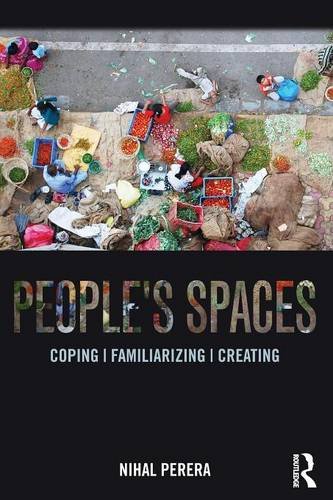

Most ebook files are in PDF format, so you can easily read them using various software such as Foxit Reader or directly on the Google Chrome browser.
Some ebook files are released by publishers in other formats such as .awz, .mobi, .epub, .fb2, etc. You may need to install specific software to read these formats on mobile/PC, such as Calibre.
Please read the tutorial at this link: https://ebookbell.com/faq
We offer FREE conversion to the popular formats you request; however, this may take some time. Therefore, right after payment, please email us, and we will try to provide the service as quickly as possible.
For some exceptional file formats or broken links (if any), please refrain from opening any disputes. Instead, email us first, and we will try to assist within a maximum of 6 hours.
EbookBell Team

4.1
70 reviewsWho controls space? Powerful corporations, institutions, and individuals have great power to create physical and political space through income and influence. People’s Spaces attempts to understand the struggle between people and institutions in the spaces they make.
Current literature on cities and planning often looks at popular resistance to institutional authority through open, mass-movement protest. These views overlook the fact that subaltern classes are not often afforded the luxury of open, organized political protest. People’s Spaces investigates individual’s diverse approaches in reconciling the difference between their spatial needs and spatial availability. Through case studies in Southeast Asia, India, Nepal, and Central Asia, the book explores how people accommodate their spatial needs for everyday activities and cultural practices within a larger abstract spatial context produced by the power-holders.